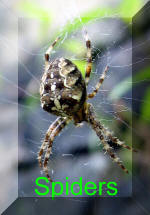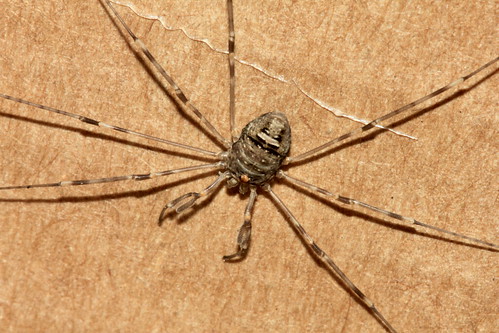Classification Family:Length .Males are up to 4 mm long, females can reach up to 6 mm.
Identification
Both sexes have very long legs (especially the second pair, which can reach up to 5 cm), another thing that makes this species easily recognisable is the fact that its pedipalps appear to be forked.Each pedipalp comprises a characteristic apophysis, almost as long as the tibia, emanating from the patella giving it a forked appearance Holds legs at right angles to the body in a typical stance. In Dicranopalpus ramosus the apophysis of the female is tubular, rounded at the distal end and covered with fine setae whereas those of males are thinner with a pointed end andhair less.Recent species 1957 first recorded at Bournemouth
Phenology
August to November.
Life Cycle
Habitat
Mostly on outer walls and fences
Life Cycle
Habitat Mostly on outer walls and fences






